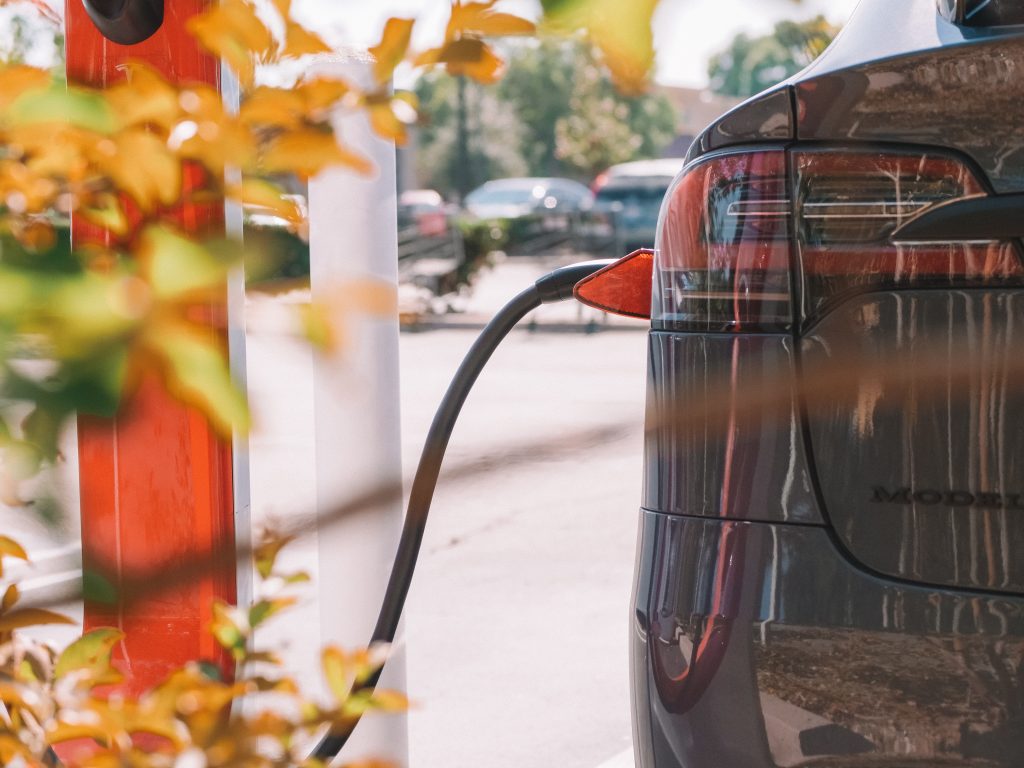As Poslovni writes, the European Alternative Fuels Infrastructure Regulation (AFIR) has reached a new level that will have significant effects on Croatia as well after the Committee for Transport and Tourism of the European Parliament adopted the regulation proposal for consideration, which is now going to the EU Parliament and the EU Council.
The new regulation established the so-called nationally binding goals that will prescribe how many European Union member states must set up electricity or hydrogen filling stations for light and heavy vehicles and also insists on the unification of payments via bank credit cards.
For example, for member states such as Croatia, which have less than 1% share of electric vehicles in the total fleet of vehicles, it is determined that by 2025 they must install charging stations with a power equivalent of 3kW for each fully electric vehicle and 2kW for each plug-in hybrid vehicle. According to the current situation, Croatia would have to install chargers with a total power of 11,524 kW.
Personal and light delivery vehicles
As explained by Hrvoje Prpić, the president of the Association of Electric Vehicle Drivers – Strujni Krug, Croatia will need to install 100-200 fast charging stations for electric vehicles by 2025, depending on their power, to fulfill this condition.
He adds that by 2027, the infrastructure of charging stations across the country will have to provide the same power as if 3% of the total fleet were fully electric. By 2030, the number of stations will have to increase as if 5% of the total fleet were fully electric. Thus, by 2027, and according to the current situation and the number of the current fleet, Croatia will have to install charging stations with a total power of over 70,000 kW, and by 2030 with a total power of more than 119,000 kW.
“If, for example, ultra-fast charging stations with a power of 150 kW are to be installed, which can charge an average vehicle in 10-25 minutes, Croatia will have to install around 470 such charging stations by 2027, and almost 800 by 2030,” says Prpić. There are currently around 2.8 million motor vehicles registered in Croatia, of which 2.2 million are passenger cars. The number of electric vehicles is around 2,000.
The AFIR would set goals for the significant strengthening of the infrastructure on the TEN-T corridor, which connects all the main traffic points in Europe. This means that the number of charging stations for light and heavy electric vehicles on the routes Ljubljana – Zagreb, and Varaždin – Rijeka would be further increased.
For electric passenger and light delivery vehicles, the regulation aims to ensure complete coverage of charging stations along the leading EU network and thus ensure easy travel by electric vehicles throughout the Union.
The goal is that by 2025 there will be a station every 60 km with charging stations with a total power of at least 600 kW and at least one charging station of 300 kW. By 2030, the mentioned charging stations at the stops should be upgraded to 900 kW, and at least two charging stations should have a power of 350 kW.
Upgrading the rest stops
On the other hand, AFIR requires that, by 2025, for heavy delivery and passenger vehicles on the TEN-T corridor, charging stations with a minimum power of 2000 kW must be installed every 60 km, of which at least two will have a power of 800 kW. By 2030, these stations should be upgraded with charging stations with a total power of 5,000 kW, of which at least four will have a capacity of 800 kW.
Additionally, on all roads connected to the TEN-T corridor, member states must provide a network of charging stations every 100 km by 2025, which will have a total power of 2000 kW and at least one charging station with a capacity of 800 kW. By 2035, the charging stations will have to be upgraded to a total power of 5000 kW with at least two charging stations with a capacity of 800 kW.
Additionally, each urban junction on the mentioned roads will have to have a minimum of 1400 kW of power by the end of 2025, which will be distributed to four 350 kW charging stations, and by 2030 the total capacity will have to increase to 3500 kW.
Additional rest areas/parking lots will have to provide at least two charging stations with a minimum power of 100 kW with V2G technology by 2027 or at least four such charging stations by 2030.
For more, make sure to check out our dedicated Travel section.









